We all appreciate the convenience of our cars, assuming they’ll reliably get us to our destinations. However, it’s crucial to remember that unexpected scenarios can catch us off guard. Inclement weather, potholes, and even traffic jams can disrupt our journeys. While we can’t foresee every issue, we can certainly be prepared. Here are 14 items you might not have considered keeping in your car, which can prove invaluable in various on-the-road situations.
Cooking Spray
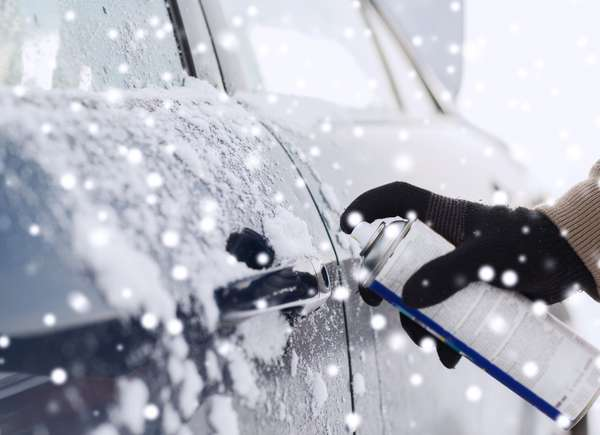
While you won’t be cooking while driving, keeping a can of cooking spray in your car, especially during winter, is a smart move. Spray it on the rubber gaskets around your doors. This prevents snow from freezing them shut, sparing you the struggle of prying open frozen doors.
Cat Litter
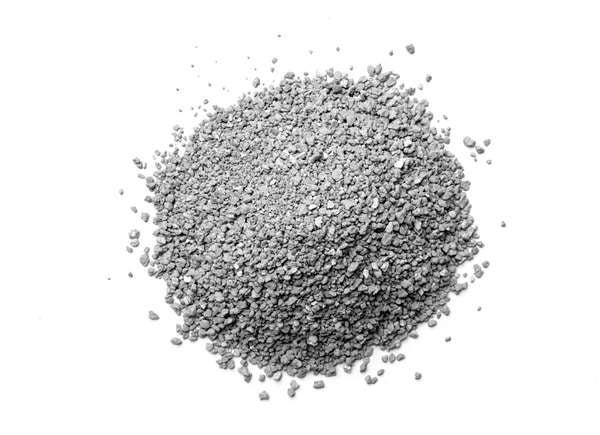
When stuck in snow or ice, don’t spin your wheels. Instead, grab a bag of cat litter from your trunk and sprinkle it in front of your tires. The pellets act like gravel, providing the traction you need to keep moving. Opt for non-hardening cat litter to avoid clogging tire grooves.
Plastic Bags

Winter’s icy grip can be hazardous, especially when it clings to your windshield and mirrors. If you can’t park in a garage, open a few plastic bags and place them over your mirrors before a storm. This prevents snow and ice buildup, sparing you the chilly morning frustration.
Toothpaste
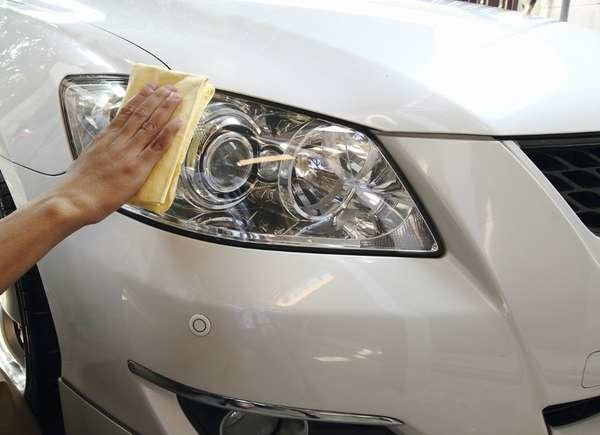
Nighttime driving can be risky due to poor visibility. Fogged headlights only exacerbate the issue. Keep a small tube of white toothpaste in your glovebox. When your headlights need a refresh, apply toothpaste to a cloth and wipe away built-up dirt for improved brightness. Toothpaste with baking soda is particularly effective.
Socks
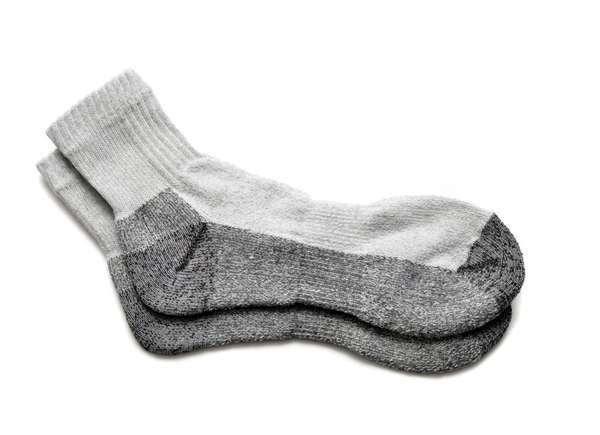
During winter, thick socks aren’t just for your feet; they can also keep your car’s wipers functioning. Slide long socks over the wiper blades and place a plastic bag over the front. This prevents ice formation while driving, but be mindful not to raise the wipers too high to avoid wind resistance.
Lighters, Empty Coffee Cans, and Tea Lights: When your car breaks down in winter, a lighter, an empty coffee can, and a tea light candle can provide much-needed warmth. Place the candle inside the can and light it. This makeshift heater can keep you comfortable while you await help for up to four hours.
Razor Blades
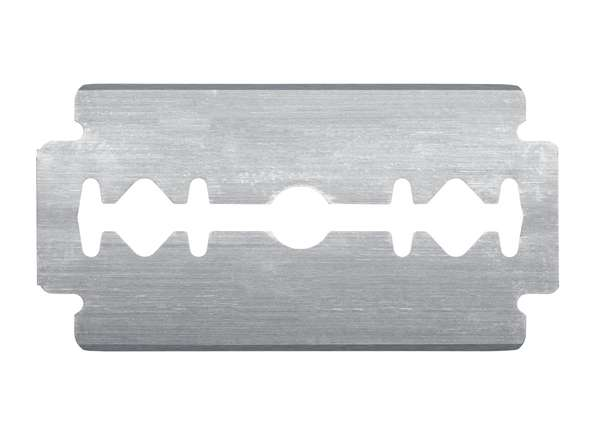
Keep razor blades or a paper cutter in your glovebox; they can be invaluable in emergencies for cutting items like canned food or seatbelts. Some also use razor blades to clear bug-stained windshields when no other tools are available, but take care not to scratch the glass.
Duct Tape
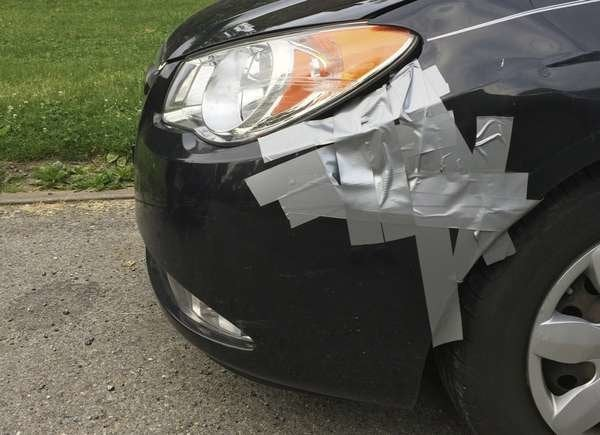
Duct tape is a versatile product that can temporarily fix your car in case of an emergency. Whether your car’s wing gets damaged or other unexpected issues arise, duct tape can provide a quick, temporary solution until proper repairs can be made.
Chalkboard Eraser

Fogged windows can be a major annoyance and safety hazard. Keep a chalkboard eraser in your car to easily wipe away condensation from the inside of your windows without leaving streaks.
Red Flag

In emergencies or when seeking help, tie a red scarf to your car’s antenna. This acts as a signal to other drivers that you require assistance. In poor visibility conditions, such as heavy snow, the bright red flag can help others locate your car from a distance.
Sturdy Trash Cans
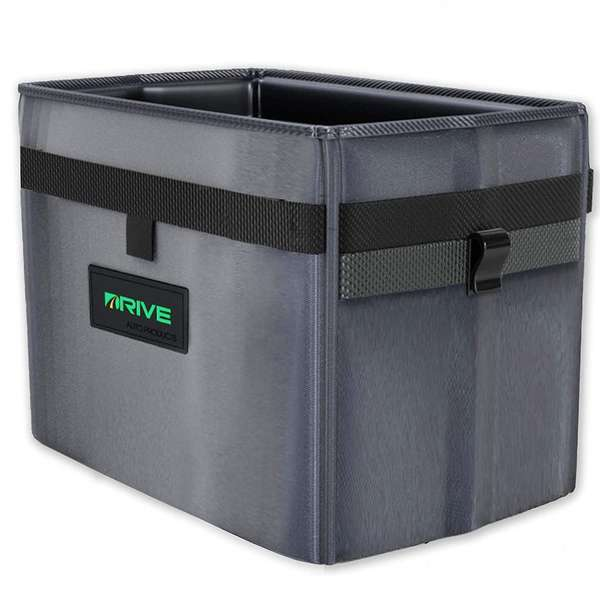
Don’t underestimate the usefulness of a sturdy trash can in your car. It helps keep the interior clean and prevents loose items, like water bottles, from becoming hazards during sudden stops. It can also double as a container for organizing small parts and fuses during on-the-go emergency repairs.
Spare Fuses
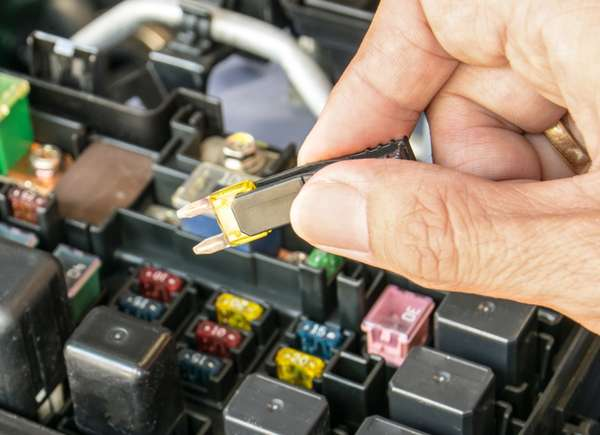
Modern cars rely heavily on electronics, and fuses protect these systems from overloading. If you encounter issues like dashboard light malfunctions, headlight problems, or non-functional power seats while driving, especially in the rain, a blown fuse may be the culprit. Having spare fuses on hand can quickly resolve these issues.
Comfortable Shoes
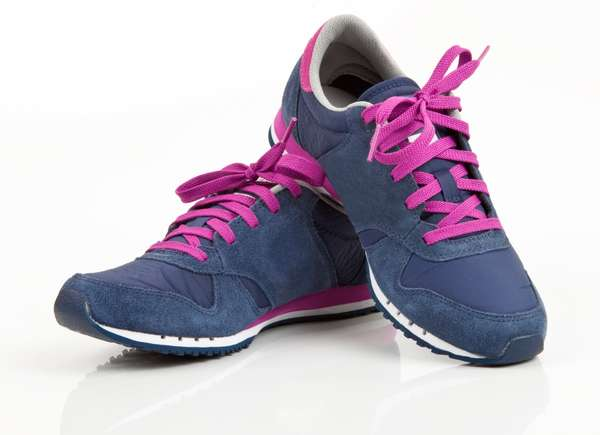
if your car breaks down, it’s often safer to stay put than to walk back to a gas station. However, if walking is necessary, ensure you have comfortable shoes like trainers or hiking boots in your car. These provide better traction and reduce the risk of injury. In late fall and early spring, consider carrying snow boots as well.
First Aid Kit
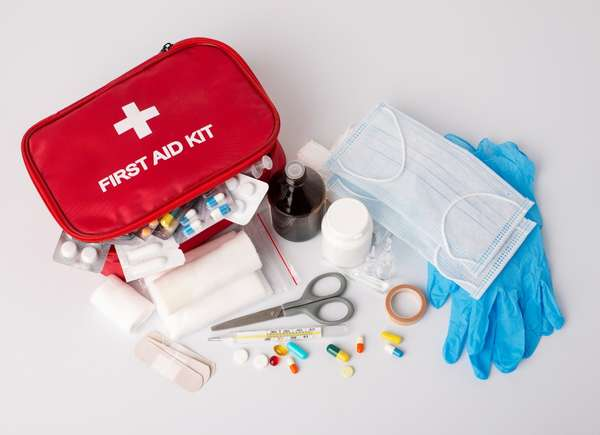
While many people keep a first aid kit in their car, consider adding a comprehensive first aid manual. The road can be unpredictable, and having the knowledge and tools to assist yourself, passengers, or others in need can make a significant difference in emergencies.
Being prepared on the road goes beyond the basics. These unconventional items can help you handle unexpected situations with ease and ensure a safer, more comfortable journey.
image source : www.bobvila.com









